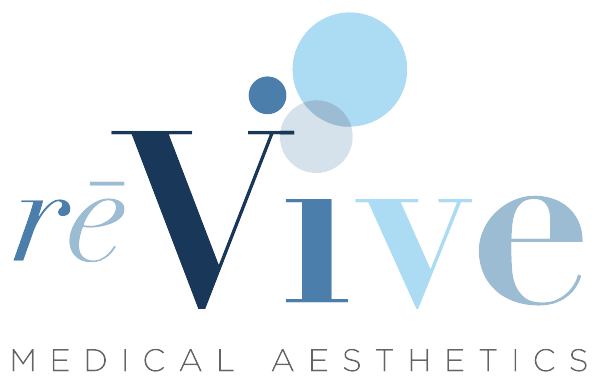Pre & Post Instructions for PDO Thread Treatment
- These treatments are not recommended if you have an important event within 2-3 weeks of the treatment due to the potential for bruising and swelling.
- NO dental work 2 weeks before or 2 weeks after thread treatments.
- DO NOT schedule thread treatment within 2 weeks of receiving any immunization.
- You can markedly lower your risk of bruising and swelling from injections by avoiding blood-thinning agents for one to two weeks prior to treatment. Talk to your prescriber to see if you can temporarily go off of any prescribed blood thinning agents. Over-the-counter pain medications such as aspirin, ibuprofen (Motrin & Advil), naproxen (Aleve) and Excedrin, should also be avoided for up to a week prior to treatment. Acetaminophen (Tylenol) is considered safe and will not contribute to bruising. Alcohol, green tea and supplements containing vitamins A & E, omegas, ginseng, garlic, kava kava, turmeric, celery root, glucosamine, ginkgo biloba, fish oil, flaxseed, flaxseed oil, krill oil and chondroitin may also thin the blood and contribute to bruising/swelling and should be avoided 7-10 days prior to treatment. Eating kiwi fruit, pineapple and/or taking Arnica may help reduce bruising. You can begin these three days before your treatment and continue until bruising has resolved. Arnica is available as a sublingual pellets. Arnica gel or cream may also be used topically. These can be purchased at Sprouts and Whole Foods. Recommended dose of the 30C strength sublingual pellets of Arnicare is 5 pellets under the tongue 3 times a day.
- PDO threads are contraindicated if you are pregnant or breastfeeding, have an infection or active inflammatory process at the site of proposed treatment, are being treated for a newly diagnosed or active flare of autoimmune disease, are undergoing immunosuppressive therapy, have multiple and severe allergies or high sensitivity to medications-including but not limited to Lidocaine, have a history of keloid scarring, or if you have unrealistic outcome expectations.
- If you have a history of facial cold sores, there is a risk of exacerbation particularly when treatments are done in or around the lips. If needed, we will call in a prescription for an antiviral: Valacyclovir (Valtrex) 1000mg(1GM), 1 tablet, once a day for 3 days starting one day prior to the treatment (please provide Us With your pharmacy information).
- Polydioxanone (PDO) is a synthetic biodegradable polymer that has been used in suture material in plastic surgery, cardiology and gynecology for more than 30 years. There will be immediate visible results after treatment with lifting threads and the area treated will feel tighter. On the first few days to weeks this will relax somewhat. The threads will be absorbed in 4-9 months depending on the thickness of the thread. Lifting threads are typically repeated yearly. Smooth thread treatments will need to be repeated 2-3 times at 6-8 week intervals, and results are gradual.
- Avoid wearing makeup to your appointment and place your hair up/off of your face.
- After thread treatment, do not put any makeup, powder, arnica, sunscreen or moisturizer on the insertion areas for a minimum of 24 hours. Do not touch, press, rub, or manipulate the treated areas after treatment. Objects such as fingers, cell phones, hair, and hats contain bacteria that can be spread to the newly treated areas. It is advisable to cleanse your phone, hands and makeup applicators before touching them to your face following treatment.
- Tylenol is recommended for pain immediately following procedure and for the first 24 hours. Tylenol or ibuprofen may be needed and taken after that for lingering pain/headache, especially at bedtime.
- You may wash your hair and face with very gentle upward and outward motions that move the skin in the same direction that the threads lift the skin.
- Try to keep head elevated with several pillows for the first three nights after lifting thread placement. NEW/CLEAN SHEETS AND PILLOW CASES SHOULD BE USED THE NIGHT OF YOUR THREAD TREATMENT.
- Avoid any direct pressure on and exaggerated movements of the face and area where the threads were placed for one to two weeks following procedure. This includes avoiding sleeping face down, excessive chewing, large bites, yawning, and laughing (you’ll know what I mean).
- Banding or light rippling seen in the skin is normal and nothing to be concerned about. This will resolve over time and applying warm moist compresses to the area (24 hours after treatment) will help resolve more quickly.
- Avoid picking and manipulating the suture at the procedure site. This can cause bruising, infection, perforation of the thread through the skin and/or the threads to become disengaged from the tissue.
- Soreness is expected after treatment. There may be a dull pain and possible headache that typically goes away after 1-2 weeks. Another type of discomfort experienced after threads can best be described as “twinges”, “zingers” or “quick shocks”. You may also feel a releasing or popping sensation. These sensations are completely normal and are caused by threads and inflammation stimulating a nerve ending or small portions of the threads releasing tissue. This sensation gradually resolves within several weeks after thread placement.
- Avoid soaking a bath or jacuzzi, showers only for one week.
- Avoid all exercise for 48 hours and strenuous exercise/sport for two to three weeks following your treatment.
- DO NOT have any laser, IPL, BBL, radio frequency or hair removal treatments performed on the treated or surrounding areas for at least one month following thread placement. DO NOT get a facial or massage in areas treated for 3 weeks after your procedure if lifting threads were used.
- Please call or text Erin Woodford BSN, RN if you notice extreme pain, unusual or large bruising, increasing redness or drainage from thread site, cold sore, fever, or lifting thread poking through the skin. ( 480-662-3269 )
